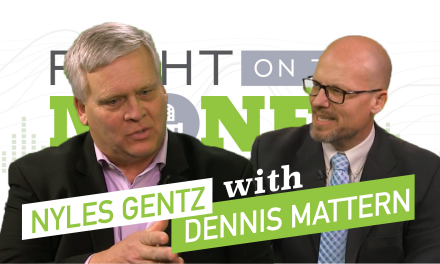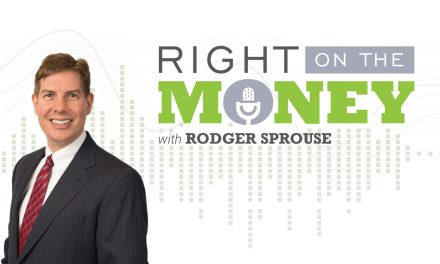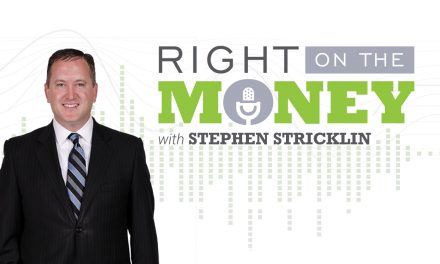In Retirement Planning, Everything Is Correlated
Sir Isaac Newton’s Third Law of Motion has been distilled down to a simple axiom, “to every action there is an equal and opposite reaction.” Money in motion has a similar financial counterpart related to the science of physics. When you receive income, you’ve become the great prime mover. You’ve put money in motion. You’ve initiated a cascading domino effect that may have multiple tax ramifications, especially for Social Security benefits in retirement.
You just can’t put money in motion without determining its overall impact on your tax bill. Why? Because in retirement, every dollar matters. It’s surprising most people will plan for a 30-day vacation, but not plan for their 30-year retirement.
Learning the basic rules of economic engagement can help you keep more of your hard-earned money. Watch the interview on retirement planning with Tom Hegna, popular platform speaker, retirement expert and best selling author. Tom has two retirement books entitled Don’t Worry Retire Happy and Paychecks and Playchecks. Tom has also hosted the PBS Special, “Don’t Worry Retire Happy.”
The U.S. tax system is the most integrated and convoluted tax trap ever created from the vain imaginations of men. Almost every type of income imaginable is purposely correlated to capture the most tax revenue, especially in retirement. A good retirement course of action is going to manage taxes as a key strategy to put more money in your pocket.
Some seniors believe municipal bond income is the way to reduce their tax bill. But with one retiree, the quest for tax-free income from his municipal bond holdings resulted in multiple taxable events. That senior’s portfolio was inordinately rich in municipal bonds. The “psychonomics” revealed his utter hatred for taxes. Sadly, some of his municipal holdings were treated as preference items and triggered the alternative minimum tax. One bond actually appreciated and triggering a capital gain tax. But all of his municipal bond income was includable for Social Security, resulting in an ordinary income tax on his benefits. Everything is correlated. So before you put money in motion, determine the tax ramifications first.
Keep in mind almost every form of income is includable in the Social Security provisional income test. As a result, many seniors pay ordinary income tax at the second Social Security tier, but not income from a Roth IRA, reverse mortgage or policy loans from a non-modified endowment life insurance contract. It is conceivable with certain deductions and exemptions, simultaneous income from Social Security benefits, Roth IRAs, a reverse mortgage and policy loans from a non-modified endowment life insurance contract can all be distributed tax-free. That’s money in motion in its most efficient use, i.e., more money in your pocket.
Nationally syndicated financial columnist Steve Savant interviews Tom Hegna, popular platform speaker, retirement expert and best selling author. Tom has two retirement books entitled Don’t Worry Retire Happy and Paychecks and Playchecks. Tom has also hosted the PBS Special, Don’t Worry Retire Happy.





